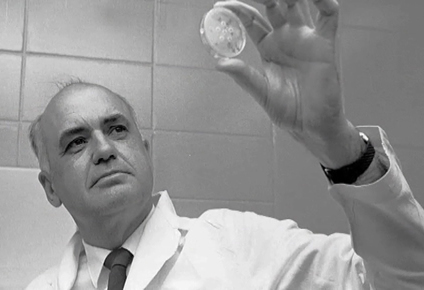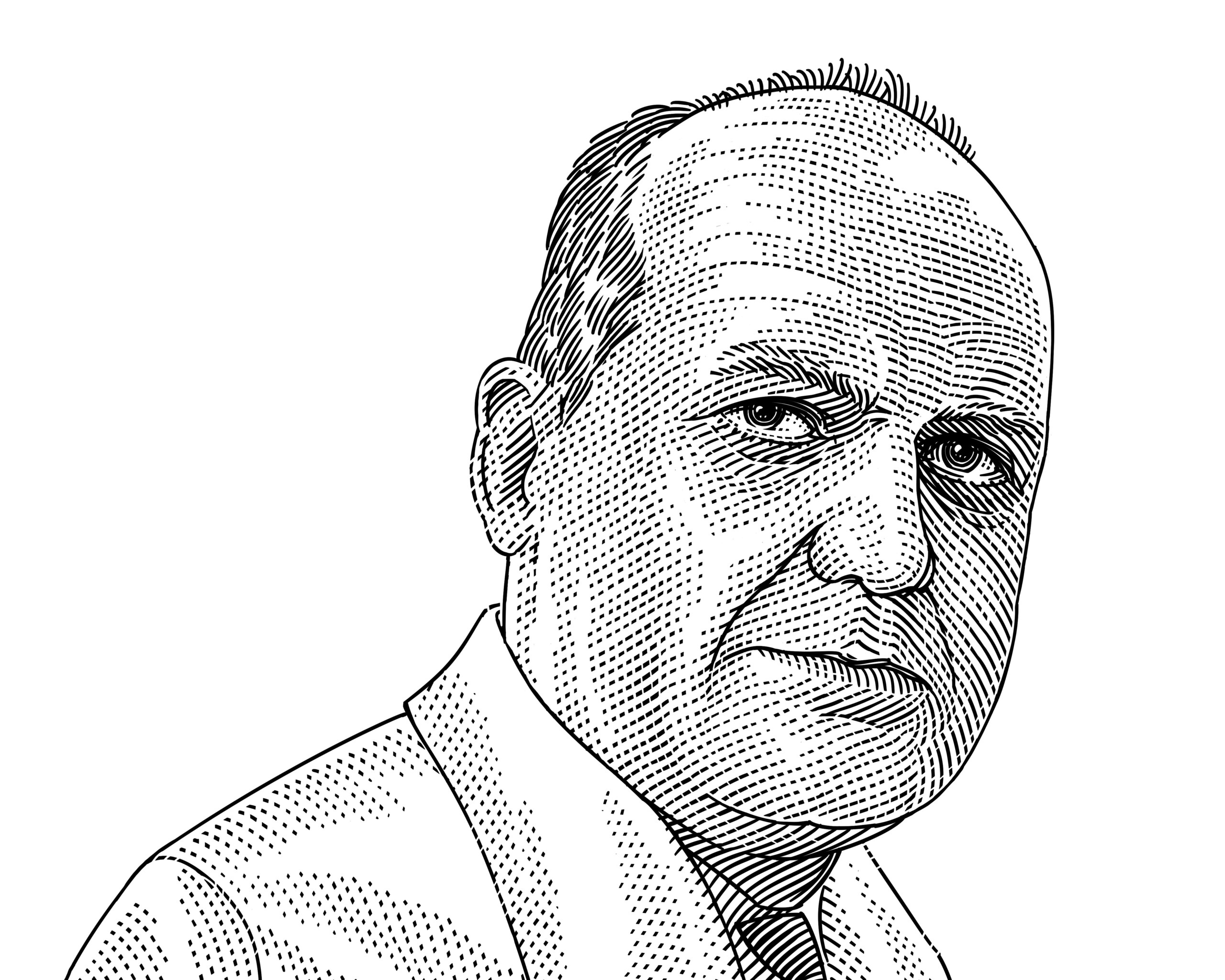Today marks the 11th installment in a series of articles by HumanProgress.org titled, Heroes of Progress. This bi-weekly column provides a short introduction to heroes who have made an extraordinary contribution to the wellbeing of humanity. You can find the 10th part of this series here.
Our 11th Hero of Progress is Maurice Hilleman, an American microbiologist who developed over 40 lifesaving vaccines. Of the fourteen vaccines recommended in the current vaccine schedules, Hilleman developed eight. Hilleman is credited with saving more lives than any other medical scientist of the 20th century.
Hilleman was born August 30, 1919, in Montana. His mother died two days after he was born. Following his mother’s death, his father was faced with the prospect of raising eight children alone. As such, his childless aunt and uncle agreed to raise Maurice on their nearby chicken farm. Hilleman attributed much of his later success to his work on the farm as a boy – since the 1930’s, chicken eggs were used to grow viruses for vaccines.
Due to the lack of funds, Hilleman almost didn’t make it to college. Thankfully, his eldest brother interceded and loaned him the money to pay the tuition fees. Hilleman graduated first in his class from Montana State University in 1941 and won a fellowship to do postgraduate study in microbiology at the University of Chicago. He received his doctoral degree in 1944.
Upon graduation, Hilleman joined the E R Squib & Sons – a virus lab based in New Jersey. Soon after he started working in the lab, Hilleman successfully developed a vaccine for Japanese B encephalitis. This infection, which is native to Asia and the West Pacific, had begun to spread to American troops who were fighting in the Pacific during World War II.
In 1948, Hilleman began working as the Chief of the Department of Respiratory Diseases at the Army Medical Center in Silver Spring, Maryland. In 1957, Hilleman discovered first signs of an impending flu pandemic that was spreading in Hong Kong. Hilleman and his colleagues raced to produce a vaccine and he oversaw the production of over 40 million vaccines that were immediately distributed across the U.S.A.
Although 69,000 Americans died after catching the virus, if it hadn’t been for Hilleman’s efforts, the pandemic could have caused millions of deaths. In recognition of his work, the American military awarded Hilleman the Distinguished Service Medal.
In 1963, whilst working at Merck & Co (one of the world’s largest pharmaceutical companies), Hilleman’s daughter, Jeryl Lynn, became ill with the mumps. Hilleman quickly drove to his lab to pick up the necessary equipment so that he could cultivate material from his daughter’s infection.
In 1967, the original sample taken from Jeryl Lynn’s throat became the basis for the newly approved mumps vaccine. It came to be known as the “Jeryl Lynn Strain.” Hilleman later combined his mumps vaccine with the measles and rubella vaccines – which he had also developed – in order to create the MMR vaccine.
Apart from the vaccines mentioned above, Hilleman also developed vaccines for hepatitis A, hepatitis B, chickenpox, meningitis, pneumonia and Hemophilus influenza type B. He also played a part in discovering the cold-producing adenoviruses, the hepatitis viruses, and the cancer-causing SV40 virus.

In 1984, at the mandatory retirement age of 65, Hilleman resigned as Senior Vice President of Merck Research Labs. Not satisfied with retirement, he began directing the newly created Merck Institute for Vaccinology only a few months later. Hilleman continued working at the Institute for Vaccinology until his death in 2005, at the age of 85.
Throughout his life, Hilleman received a stream of awards, including the National Medal of Science (the United States’ highest scientific honor), and the lifetime achievement award from the World Health Organization. Hilleman is often described as the most successful vaccinologist in history and it is for that reason that Maurice Hilleman is our 11th Hero of Progress.

